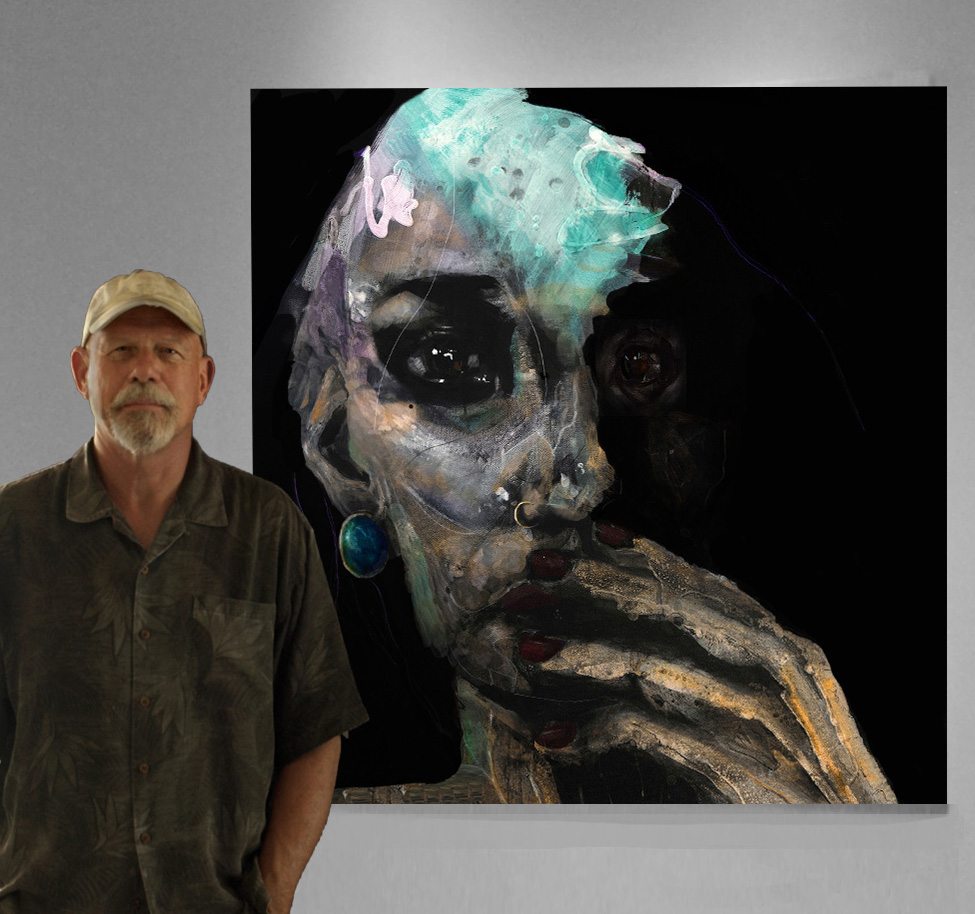Takeaway
Art can foster hope for healing for those living with substance use disorders.
Creative Arts in Medicine | April 17, 2025 | 1 min read
By William Stoehr, artist, www.WilliamStoehrArt.com
We may never fully grasp the impact of substance use disorder unless we’ve lived it, but perhaps art can help bridge the gap—inviting empathy and self-empathy to try to comprehend it. Empathy is powerful, but transforming it into action requires an intentional approach that goes beyond the art.
My art exhibits are titled “Art for Hope.” Hope isn’t just an abstract idea but a force that can shift perspectives and result in action. Hope, to me, is the belief that change is possible—that even in the darkest moments, there’s a way forward. It’s a force that fuels resilience, healing, and transformation. Hope always comes with arms. It’s you and me. It’s the people around us.
It’s what allows us to keep going, to try again, to see beyond our current struggles. It’s in the moments when someone recognizes their own strength, finds connection in another’s story, or sees possibility where they once thought there was none.
Often, hope emerges when someone sees themselves in a painting and realizes they aren’t alone—that their feelings are valid and that a path from suffering to action, leading to healing, is within reach.
A woman wrote to me and said that after seeing this painting that she knew I understood her, as well as that she wanted to die. The next morning, she looked at the very same painting and this time saw hope in the woman’s eyes, and she then understood that she too could have hope. She said . . . “You saved my life.”

Read more about the author: www.WilliamStoehrArt.com

This piece expresses the views solely of the author. It does not represent the views of any organization, including Johns Hopkins Medicine.

